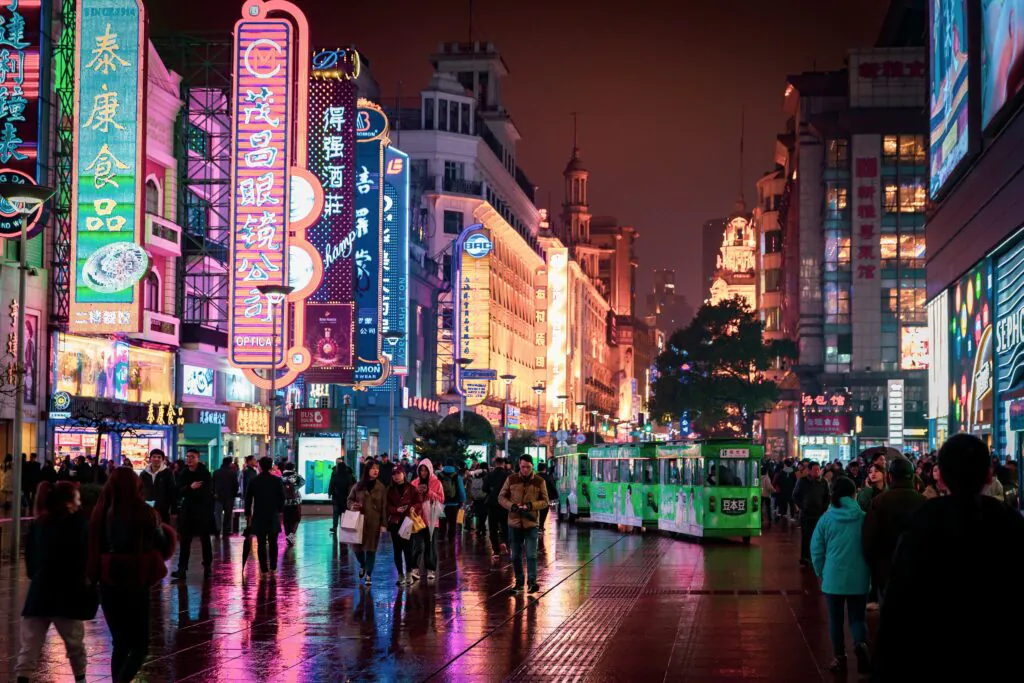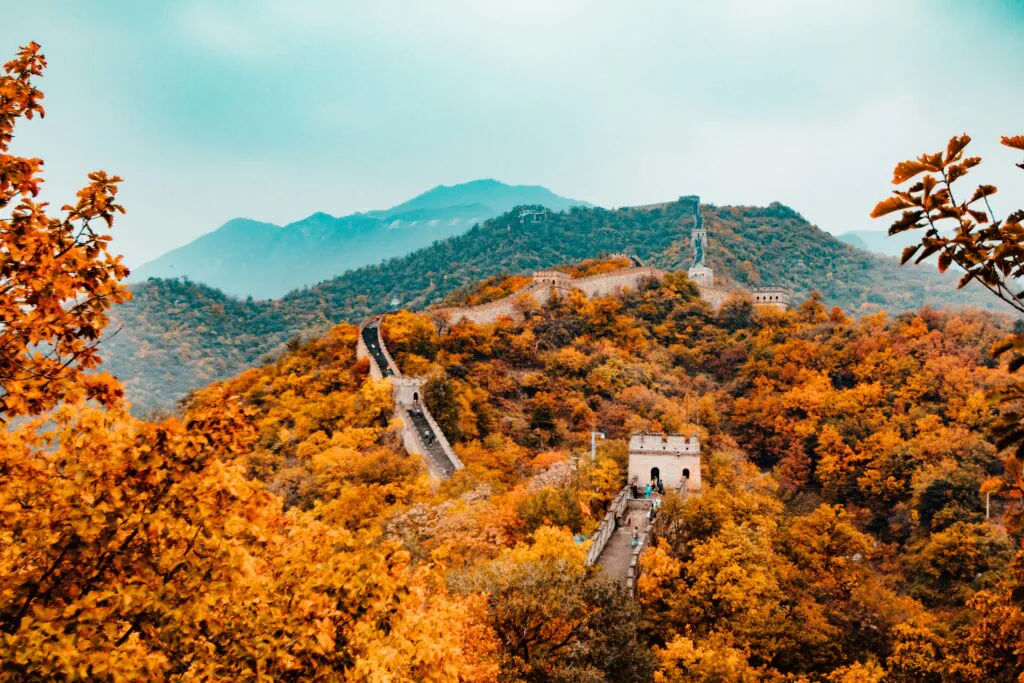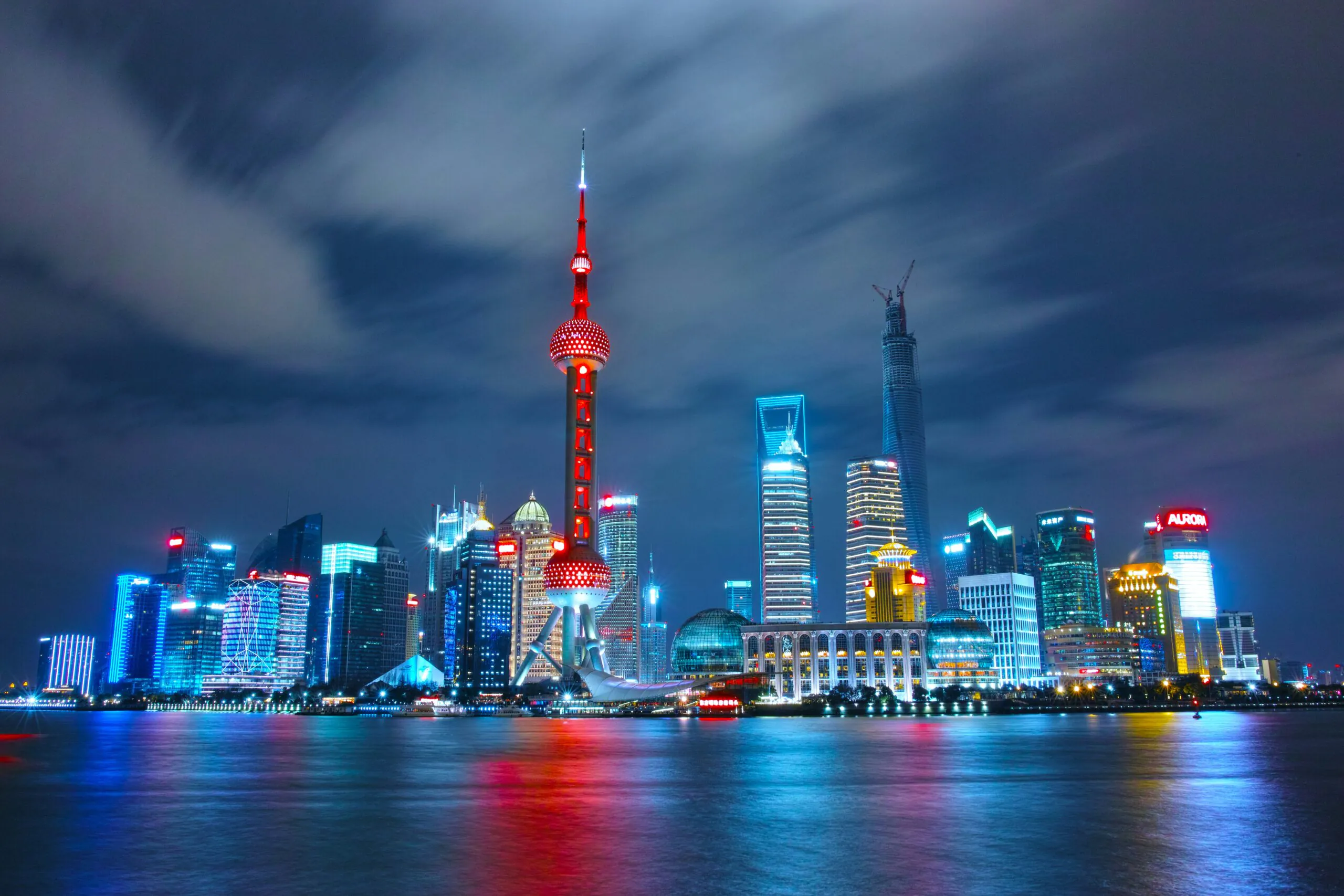Discovering the New China: Opportunities, Wonders, and Realities for Travelers and Digital Nomads
China has shed its reputation as an impenetrable mystery. What was once considered a destination only for the most adventurous travelers has transformed into an accessible, fascinating country that welcomes both curious tourists and remote workers with open arms.
The barriers that once seemed insurmountable—complex visas, language challenges, and cultural uncertainties—are rapidly dissolving. Today’s China offers a remarkable fusion of 5,000-year-old traditions and cutting-edge innovation that you simply can’t experience anywhere else on Earth.
The New China: Doors Wide Open
Recent visa policy changes have revolutionized travel to China. Citizens from Brazil, France, Germany, Italy, Malaysia, and dozens of other countries can now enter visa-free for up to 15 days. This isn’t just about bureaucratic convenience—it’s China’s invitation to the world.
Major airports in Beijing, Shanghai, and Guangzhou have transformed their international arrival experience. English signage is everywhere, tourist help desks are staffed with multilingual professionals, and even immigration officers often speak basic English. The country’s post-pandemic tourism push is genuine, and the results speak for themselves.
👉 Check the China National Tourist Office for the latest visa updates and official travel guidance.
Why China Captivates Every Type of Traveler
History Enthusiasts will find themselves walking through living museums. The Great Wall isn’t just a photo opportunity—it’s a 13,000-mile testament to human determination. The Forbidden City contains more than 9,000 rooms, each telling stories of emperors who shaped world history. Xi’an’s Terracotta Army stands as silent guardians of secrets buried for over 2,000 years.
Nature Lovers discover landscapes that seem almost otherworldly. Zhangjiajie’s towering sandstone pillars inspired the floating mountains of Pandora in Avatar. Guilin’s limestone karsts create scenes so perfect they look like traditional Chinese paintings come to life. The Yellow Mountains offer sunrise views that have inspired poets for centuries.
Digital Nomads find infrastructure that puts many Western cities to shame. China’s 5G network covers major cities comprehensively, co-working spaces rival those in Silicon Valley, and high-speed trains traveling at 300+ km/h turn travel time into productive work time. Cities like Chengdu and Kunming offer Western-level amenities at a fraction of the cost.
Food Adventurers embark on culinary journeys that redefine what Chinese cuisine means. Sichuan’s numbing spices, Cantonese dim sum artistry, Beijing’s imperial dishes, and Xinjiang’s Silk Road flavors create a gastronomic map that could take years to fully explore.
Important note: Popular platforms like Google, Instagram, and WhatsApp are restricted. A reliable VPN like ExpressVPN is essential for accessing familiar internet services.

China’s Must-Visit Cities: Each With Its Own Personality
Shanghai pulses with international energy. The Bund’s colonial architecture faces off against Pudong’s futuristic skyline across the Huangpu River. French Concession cafes serve excellent coffee while street vendors offer xiaolongbao (soup dumplings) that locals queue for daily. The city’s efficient metro system makes everything accessible.
Beijing remains China’s cultural soul. Ancient hutongs (narrow alleys) hide family-run restaurants serving recipes passed down for generations. The Forbidden City requires a full day, while the Temple of Heaven offers peaceful morning tai chi sessions. Don’t miss the roast duck at Quanjude—it’s been perfecting the recipe since 1864.
Chengdu embodies the Chinese concept of “slow living.” Giant pandas at the research base are just the beginning. The city’s teahouse culture invites you to spend entire afternoons watching locals play mahjong. Sichuan hotpot here isn’t just food—it’s a social ritual that brings strangers together.
Hangzhou inspired Marco Polo to call it “the most beautiful city in the world.” West Lake’s serene beauty contrasts with the city’s position as China’s tech capital. You can visit Alibaba’s headquarters in the morning and take a traditional boat ride by afternoon.
Guilin & Yangshuo offer China’s most Instagram-worthy landscapes. Li River cruises reveal scenery that’s appeared on Chinese currency. Yangshuo’s countryside invites bicycle tours through rice paddies and limestone caves that seem to go on forever.
Smart Shopping in China: Tech Paradise and Hidden Gems
China has become a shopping destination unlike any other, especially for technology enthusiasts and bargain hunters.
Electronics and Gadgets
- Shenzhen’s Huaqiangbei is the world’s largest electronics market. Here you’ll find the latest smartphones, drones, and gadgets months before they hit Western markets—often at 30-50% lower prices.
- What’s worth buying: DJI drones, Xiaomi products, high-quality phone accessories, and specialized tech components
- What to avoid: No-name brand electronics without proper certifications, and anything requiring specific warranty support back home
Traditional Crafts with Modern Twist
- Silk products in Hangzhou and Suzhou offer authentic quality at reasonable prices
- Jade jewelry in Beijing’s markets requires expertise to navigate, but genuine pieces are exceptional values
- Tea purchases from source regions like Fujian or Zhejiang provide experiences you can’t replicate elsewhere
Practical Shopping Tips:
- Bargaining is expected in markets but not in malls
- WeChat Pay and Alipay now accept international cards, making transactions seamless
- Major cities have duty-free shops with luxury goods at competitive prices
- Be cautious of counterfeit goods—stick to reputable stores and official brand outlets
Essential Survival Guide: Money, Communication, and Culture
Payment Revolution China has largely bypassed credit cards in favor of mobile payments. WeChat Pay and Alipay dominate, and both now support international cards. However, always carry some cash—smaller vendors and rural areas still prefer traditional payment.
Internet Navigation
- Download Google Translate with offline Mandarin before arriving
- Pleco dictionary app is invaluable for character recognition
- Baidu Maps works better than Google Maps for navigation
- DiDi ride-hailing app is essential for transportation
Language Bridge English proficiency varies dramatically. In Shanghai’s international district, you’ll find English speakers easily. In rural Guangxi, you might communicate entirely through gestures and translation apps. Learning basic phrases like “hello” (nǐ hǎo), “thank you” (xiè xiè), and “where is…?” (… zài nǎ lǐ?) opens doors and hearts.

Cultural Intelligence: Navigating Social Nuances
Chinese culture values harmony and respect above individual expression. Understanding these nuances transforms your experience from tourist to welcomed guest.
Relationship Building
- Gift-giving uses both hands and shows thoughtfulness
- Business cards are exchanged formally with both hands
- Meals are communal—sharing dishes is standard
- Patience during language barriers is appreciated and reciprocated
Common Missteps to Avoid
- Political discussions are best avoided entirely
- Tipping isn’t customary and can sometimes offend
- Pointing with index fingers is considered rude—use open palms
- Tap water isn’t drinkable—stick to bottled or boiled water
Beyond the Highlights: Deeper China Experiences
For the Curious Explorer:
- Take cooking classes in Chengdu to master authentic Sichuan techniques
- Stay in traditional courtyard hotels (siheyuan) in Beijing’s hutongs
- Attend morning tai chi sessions in any city park
- Visit local wet markets for authentic cultural immersion
Hidden Gems for Photographers:
- Hongcun Village in Anhui Province offers classical Chinese architecture
- Jiuzhaigou Valley showcases pristine lakes and waterfalls
- Pingyao’s ancient city walls provide Ming Dynasty authenticity
- Danxia Landforms in Gansu create rainbow-colored mountain ranges
Seasonal Considerations:
- Spring (March-May): Comfortable temperatures, blooming flowers
- Summer (June-August): Hot and humid, but vibrant festival season
- Autumn (September-November): Ideal weather, golden landscapes
- Winter (December-February): Cold but fewer crowds, winter festivities
Transportation Mastery: Getting Around Like a Local
China’s transportation network is a marvel of modern engineering. High-speed trains connect major cities in hours rather than days. The G-class trains reach 350 km/h, turning travel time into productive work sessions with reliable WiFi and comfortable seating.
Booking Made Simple:
- 12306.cn is the official booking platform (Chinese interface)
- Trip.com offers English-language booking with small service fees
- Train stations have English signage and helpful staff
- Arrive 30 minutes early for security checks
Metro Systems Every major Chinese city has modern, efficient subway systems. Mobile apps like Tencent Maps provide real-time updates in English. Purchase transportation cards at stations—they work across multiple cities.
The Real China: Expectations vs. Reality
China challenges preconceptions at every turn. The country that invented paper money now leads the world in digital payments. Ancient temples sit next to hypermodern skyscrapers. Street food vendors accept QR code payments while maintaining recipes from their grandparents.
This isn’t a destination you simply visit—it’s a place that changes how you see the world. Whether you’re sipping tea in a Hangzhou garden, debugging code in a Shanghai co-working space, or hiking the Great Wall at sunrise, China offers experiences that reshape your understanding of possibility.
The language barriers become adventures in communication. The cultural differences become opportunities for growth. The unexpected moments—like being invited to join a family dinner or discovering a hidden temple—become the stories you’ll tell for years.
Planning Your China Adventure
For Short Visits (1-2 weeks): Focus on 2-3 cities maximum. Beijing-Shanghai-Xi’an offers history, modernity, and cultural depth. Allow time for spontaneous discoveries rather than cramming every sight.
For Extended Stays (1-3 months): Consider basing yourself in one city while taking weekend trips. Chengdu or Hangzhou offer excellent quality of life for digital nomads, while Shanghai provides international business opportunities.
For Deep Exploration (3+ months): Venture beyond the typical tourist circuits. Yunnan Province offers incredible diversity, from tropical Xishuangbanna to the Tibetan plateau. Xinjiang provides Central Asian culture within China’s borders.
Final Thoughts: China’s Invitation
China today is not the China of guidebooks written even five years ago. This is a country in rapid transformation, where ancient wisdom meets artificial intelligence, where bullet trains connect cities that existed when Rome was still a village.
The barriers to entry have never been lower, the infrastructure never more welcoming, and the experiences never more diverse. Whether you’re drawn by business opportunities, cultural curiosity, or simply the desire to witness one of humanity’s most remarkable transformations, China is ready to surprise you.
The question isn’t whether China is worth visiting—it’s whether you’re ready for a destination that might just change how you see the world. In a time when many places feel familiar and predictable, China remains genuinely, authentically surprising.
Pack your curiosity, prepare for the unexpected, and get ready to discover a country that’s simultaneously ancient and futuristic, traditional and revolutionary, familiar and completely unlike anywhere else on Earth.
Related Post: Travel Insurance vs. Global Health Coverage: Which One Do You Need?













